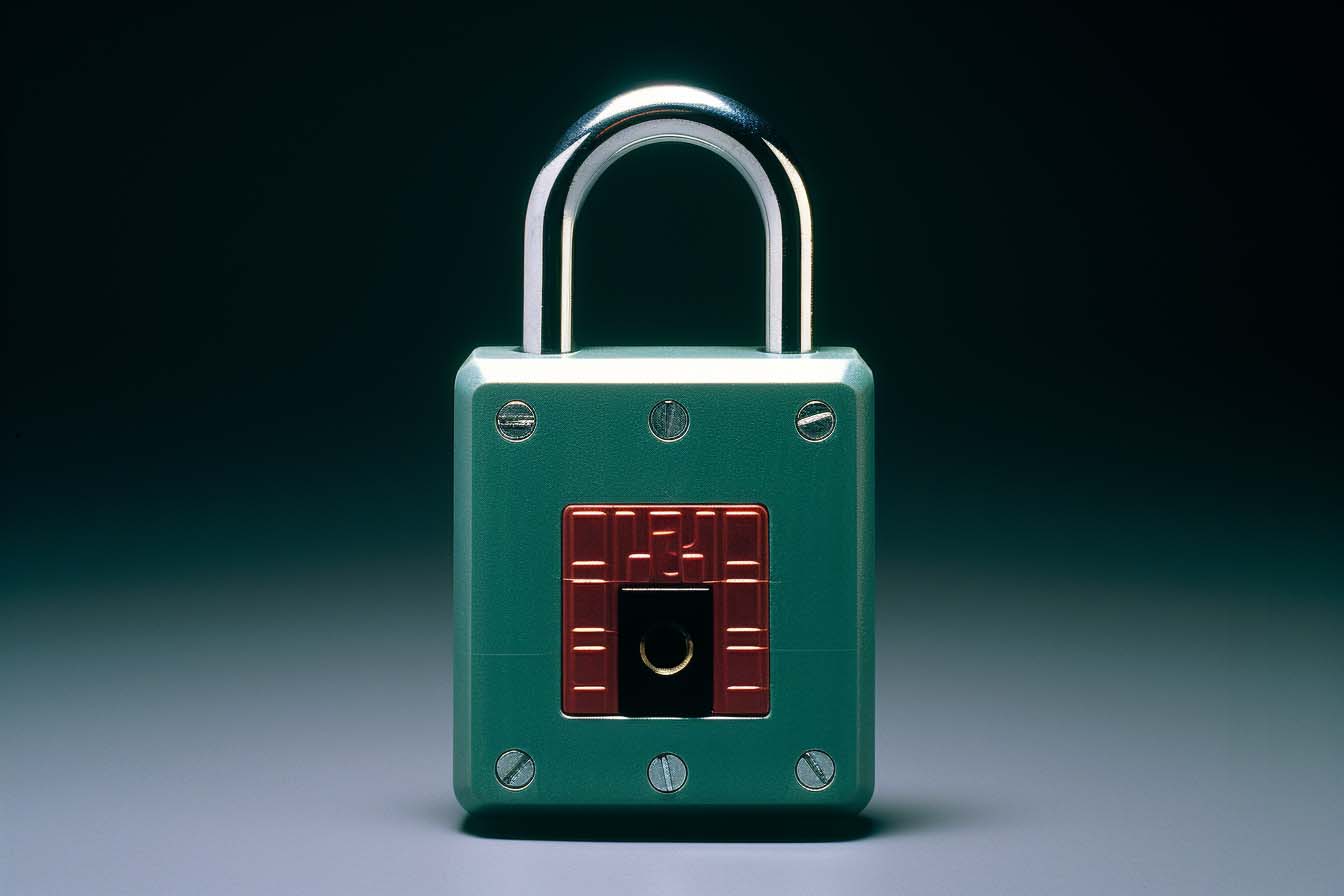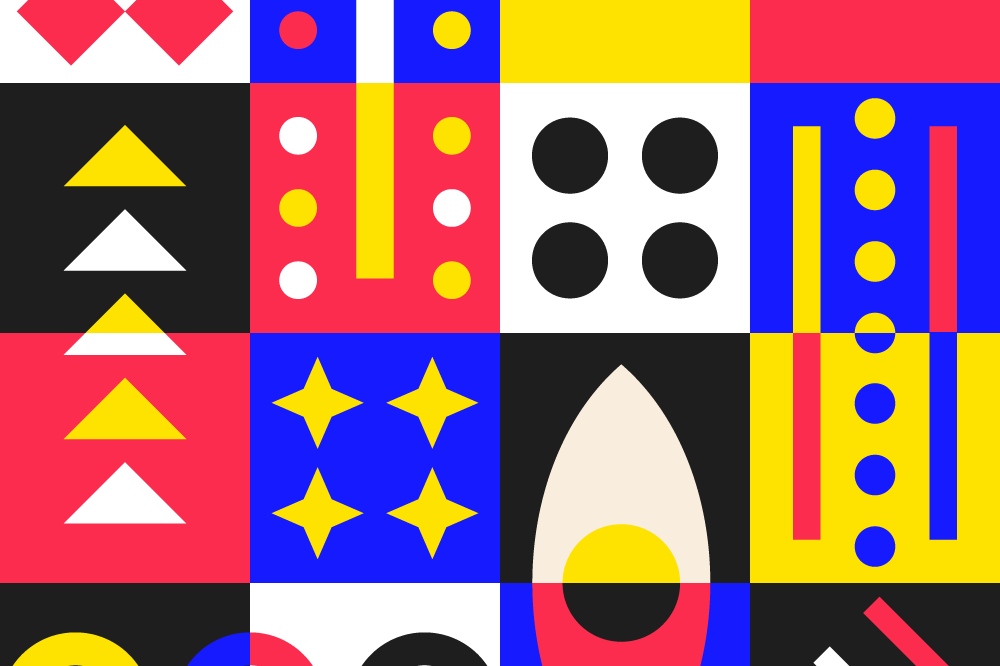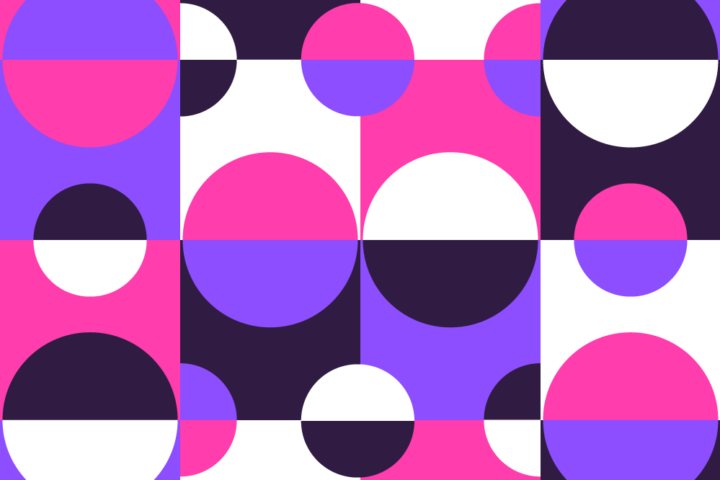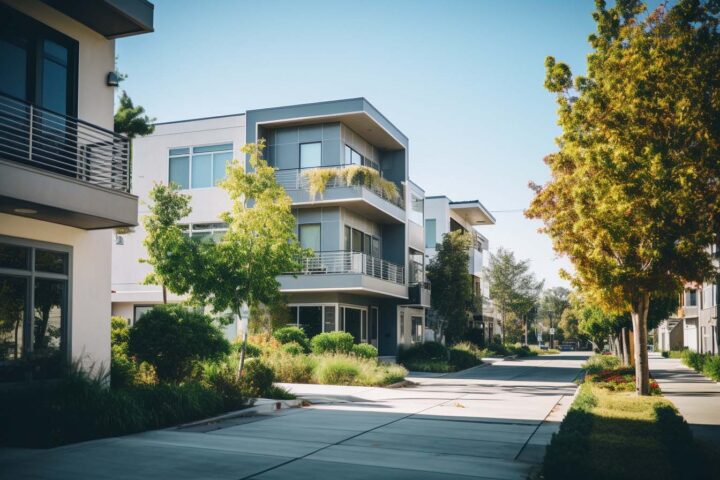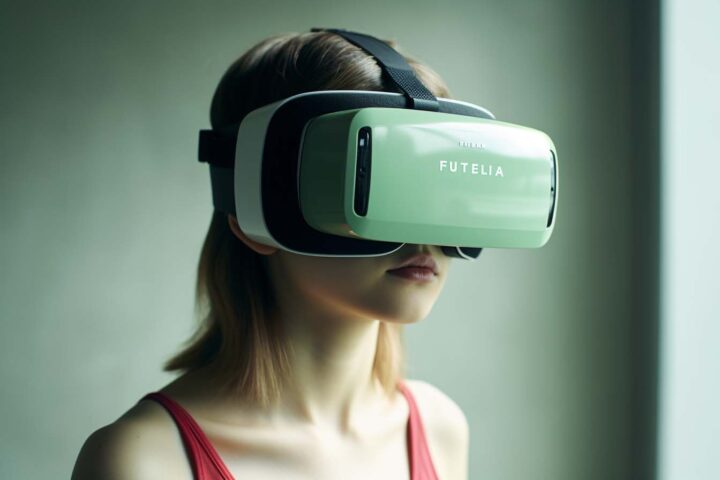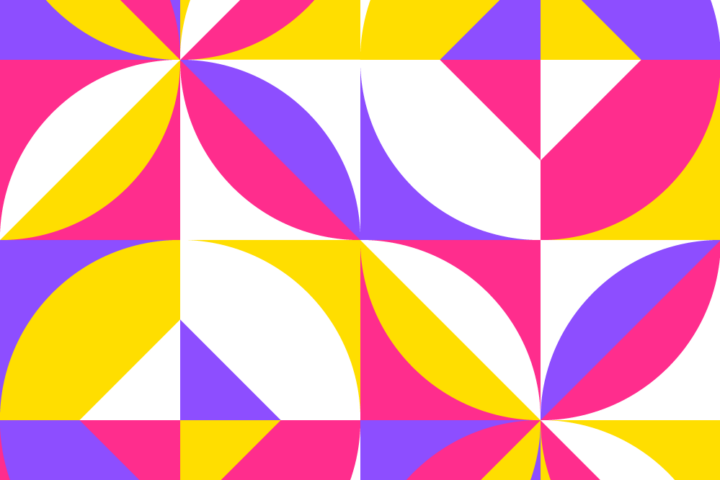Art and technology have long been seen as two distinct fields, with art focusing on creativity and expression, and technology emphasizing innovation and efficiency. However, in the ever-evolving landscape of smart cities, these two seemingly separate realms are colliding, creating new possibilities and opportunities for creativity. In this article, we will delve into the intersection of art and technology in smart cities, exploring how this fusion is shaping the evolving art culture. From interactive installations to digital storytelling, join us as we uncover the exciting ways in which art and technology are coming together to reshape the urban landscape.
The Rise of Smart Cities
Before we dive into the thrilling fusion of art and technology, let’s take a moment to understand what exactly a smart city is. Smart cities are urban areas that leverage technology and data to enhance quality of life, sustainability, and efficiency for their residents. These cities utilize interconnected devices, sensors, and data analysis to manage resources effectively and improve the overall urban experience.
As the concept of smart cities gains traction worldwide, city planners and tech enthusiasts are realizing the vast potential of integrating art into these high-tech spaces. By incorporating artistic elements into the very fabric of these cities, they aim to create engaging and visually stimulating environments that foster a sense of community and inspire creativity. Gone are the days when art was merely confined to galleries and museums; now, it has become an integral part of the urban landscape, blurring the boundaries between physical and digital realms.
Innovative Art Installations
One of the most captivating ways in which art and technology intersect in smart cities is through innovative art installations. These installations often utilize advanced technologies such as augmented reality (AR), virtual reality (VR), and interactive displays to create immersive experiences that captivate and engage the audience.
Imagine strolling through a smart city and stumbling upon a larger-than-life sculpture that seems to come alive through the lens of your smartphone. With the help of AR, the sculpture transforms into a dynamic, animated artwork, telling a visual story that transcends traditional boundaries. Such installations not only provide a unique and memorable experience for visitors but also create a platform for artists to experiment with new mediums and techniques.
Digital Storytelling
As technology continues to weave its way into the fabric of smart cities, the art of storytelling is also undergoing a transformation. Digital storytelling allows artists to convey narratives in a dynamic and interactive manner, blurring the lines between traditional and digital media.
Imagine visiting a smart city’s central plaza, where a massive LED screen showcases a visually stunning digital narrative. Through carefully orchestrated visuals, sound, and movement, the artist takes you on a mesmerizing journey, capturing your imagination and sparking curiosity. This fusion of art and technology enables artists to explore new storytelling techniques, making their narratives more engaging and accessible for a diverse audience.
Social Engagement and Collaboration
One of the most exciting aspects of the intersection of art and technology in smart cities is its potential to foster social engagement and collaboration. Through interactive installations, digital platforms, and social media integration, artists can connect with their audiences on a deeper level, sparking debates, and forging meaningful connections.
Imagine walking through a smart city park, where an interactive installation invites you to contribute to an ever-evolving digital mural. With the touch of a screen, you become a part of this collaborative artwork, adding your unique touch to the vibrant tapestry of colors and shapes. This type of engagement not only empowers individuals to express themselves but also creates a sense of shared ownership and community.
In conclusion,
the fusion of art and technology in smart cities is reshaping the evolving art culture, opening doors to new forms of creativity and expression. As technology continues to evolve and infiltrate our urban environments, it is crucial to recognize and embrace the potential it holds for the arts. By leveraging technology in innovative ways, smart cities have the power to democratize art, making it accessible and inclusive for all. So the next time you find yourself in a smart city, take a moment to appreciate the captivating blend of human creativity and technological innovation that surrounds you.
